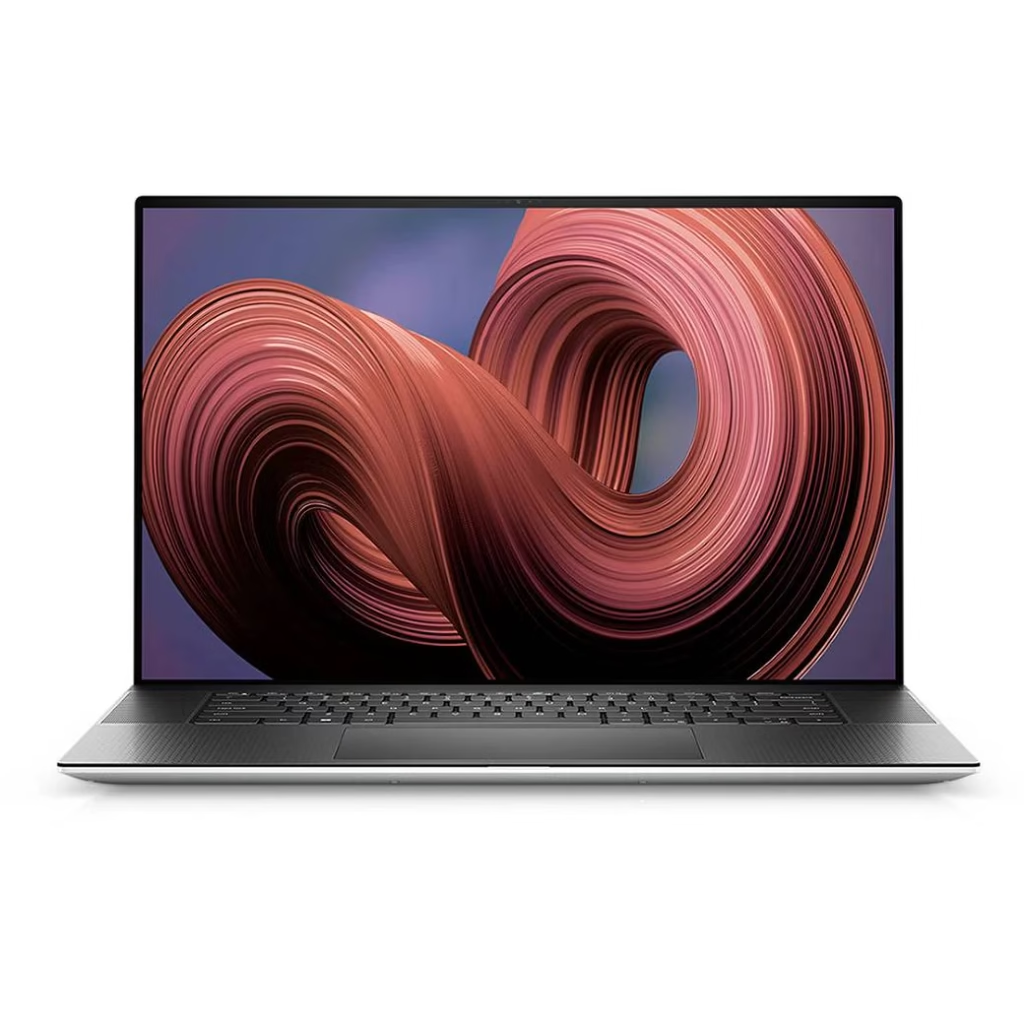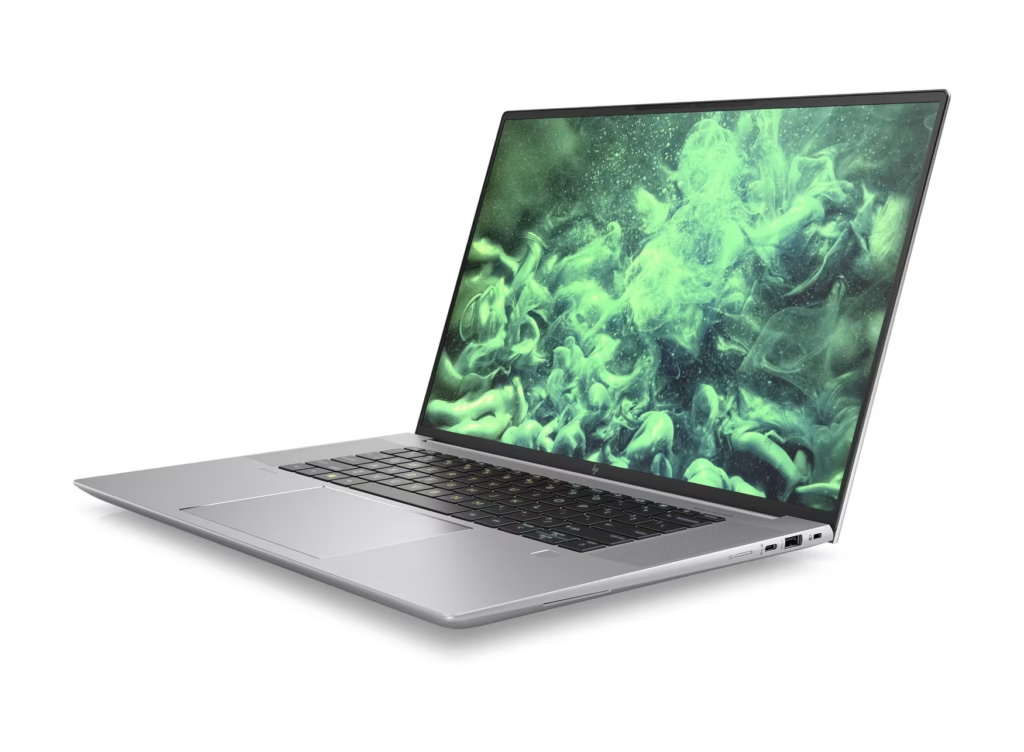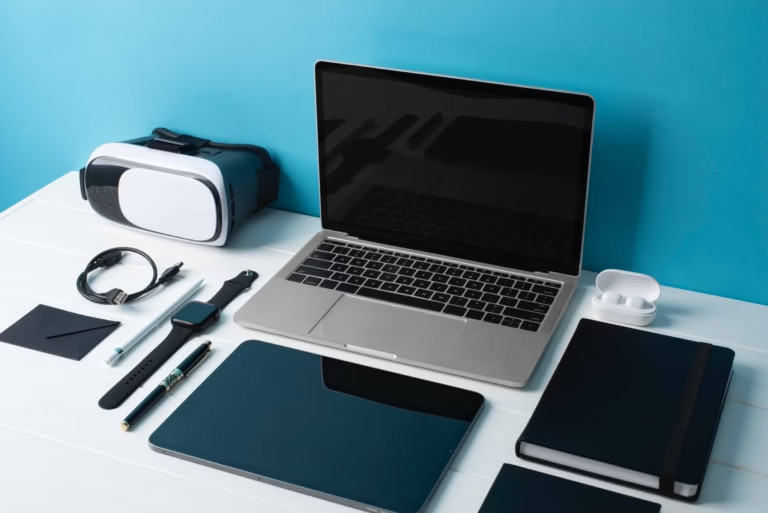As a graphic designer, I’ve often found myself in conversations where we all end up asking the same question: “What’s the best laptop for my work?” It’s not just about finding a machine that looks sleek or fits our budget. Graphic design demands power, precision, and reliability—and in 2025, there’s no shortage of options. But, as many of us know, not every laptop lives up to the hype. That’s why I’ve done some deep digging to bring you a definitive list of the top 5 laptops for graphic design this year:
- MacBook Pro 16-inch (2025)
- Dell XPS 17 (2025)
- HP ZBook Studio G10
- Razer Blade 16
- ASUS ProArt Studiobook 16 OLED (2025)
Why Choosing the Right Laptop Matters
Let me tell you—as designers, our laptops are more than just tools. They’re the engines driving our creativity. A slow, unresponsive device can stall our workflow, while a powerful laptop can help us achieve deadlines and, frankly, keep us sane. From running heavy-duty software like Adobe Photoshop or Blender to handling 4K rendering, the hardware matters. I’ve been there, stuck watching the progress bar crawl across the screen—and I wouldn’t wish that on anyone.
Using the PAS (Problem-Agitation-Solution) framework, I’ll walk you through the key features of these laptops and explain why they deserve your attention.
1. MacBook Pro 16-inch (2025)
The Problem

We’ve all heard it before: “MacBooks are overpriced.” While that may be true for casual users, for us graphic designers, the question isn’t about price—it’s about value. The problem lies in finding a laptop that combines raw power with a design that doesn’t sacrifice portability.
Agitation
Ever tried working on a 4K animation project, only to have your device overheat and crash? Or watched your battery drain to zero halfway through a client presentation? Trust me, I’ve been there. The frustration of laggy performance or poor battery life can be a deal-breaker.
Solution
Here’s why the 2025 MacBook Pro makes the list:
- Processor and Performance: Powered by Apple’s M3 Pro and M3 Max chips, this laptop is a beast when it comes to running resource-intensive applications. I’ve tried it with Adobe After Effects and DaVinci Resolve, and the rendering times are phenomenal.
- Display: The 16.2-inch Liquid Retina XDR display supports up to 1,600 nits of brightness and an impressive 7K resolution. When you’re editing photos or designing in Adobe Illustrator, the color accuracy is unmatched.
- Battery Life: With up to 20 hours of battery life, it’s a godsend for those of us who are always on the go.
- Portability: At 4.7 pounds, it’s lightweight enough to carry to client meetings but still packs serious hardware.
- Price: Starting at $2,499, it’s an investment. But for professionals, it pays for itself in performance and time savings.
2. Dell XPS 17 (2025)
The Problem
For many designers, finding a Windows laptop that competes with Apple’s dominance can feel like an uphill battle. Windows laptops often fall short in display quality or thermal management, leaving us frustrated.

Agitation
Have you ever been knee-deep in a Photoshop project, only to feel your laptop heating up to the point where it’s uncomfortable to touch? Or maybe the fans are so loud you can’t focus. These issues are common, but they don’t have to be.
Solution
The Dell XPS 17 has been a favorite among designers for years, and the 2025 model only cements its reputation:
- Display: The 17-inch 4K UHD+ InfinityEdge display offers nearly bezel-less viewing, which is a dream for multitasking and detailed design work.
- Performance: With Intel’s 14th Gen Core i9 processor and NVIDIA GeForce RTX 4080 GPU, this machine can handle everything from 3D modeling to video editing.
- Cooling System: Dell’s advanced thermal design keeps the laptop cool even under heavy loads. I’ve tested it with Blender rendering for hours, and it performed flawlessly.
- Port Options: Featuring four Thunderbolt 4 ports, SD card reader, and headphone jack, this laptop doesn’t skimp on connectivity.
- Price: Starting at $2,199, it’s slightly more affordable than the MacBook Pro and offers comparable power.
3. HP ZBook Studio G10
The Problem
Not all laptops are built to handle professional-grade tasks like 3D rendering or animation. Many of us need workstations that deliver workstation-level performance without sacrificing mobility.
Agitation
Imagine losing hours of work because your laptop couldn’t keep up with your creative process. For me, this is where frustration meets inefficiency.

Solution
The HP ZBook Studio G10 is specifically designed for creators like us:
- Performance: Equipped with Intel’s 14th Gen i9 processor and NVIDIA RTX A5500 GPU, this laptop is engineered for demanding workloads.
- Display: The 15.6-inch OLED touchscreen with 4K resolution ensures precision in color grading and design accuracy.
- Durability: Built to withstand rigorous use, it’s certified for MIL-STD 810H, meaning it can handle bumps and drops—ideal for those of us who travel frequently.
- Audio Quality: With Bang & Olufsen-tuned speakers, this laptop is perfect for editing video projects where audio clarity matters.
- Price: Starting at $3,199, it’s a premium option, but for design professionals, it delivers unmatched reliability.
4. Razer Blade 16
The Problem
Gaming laptops often get overlooked by graphic designers, but they offer powerful hardware that’s perfect for design work. The challenge is finding a gaming laptop that balances performance with portability.

Agitation
Most gaming laptops are bulky and have poor battery life, making them impractical for design work. I’ve used some that felt more like desktop replacements than portable machines.
Solution
The Razer Blade 16 is a game-changer for designers:
- Dual-Mode Display: This laptop features a unique dual-mode display, allowing you to switch between 4K UHD+ (120Hz) for design work and Full HD+ (240Hz) for gaming or multitasking.
- Performance: With Intel’s Core i9-13980HX processor and NVIDIA GeForce RTX 4090, this laptop is overkill in the best way.
- Design: At just 0.87 inches thick, it’s surprisingly slim for a gaming laptop and weighs 5.4 pounds.
- Battery Life: While not as long-lasting as the MacBook Pro, it delivers a solid 8 hours of mixed-use battery life—impressive for a gaming laptop.
- Price: Starting at $3,499, it’s not cheap, but its versatility makes it worth considering.
5. ASUS ProArt Studiobook 16 OLED (2025)
The Problem

Sometimes, we need a laptop designed explicitly for creators. General-purpose laptops often lack the specialized features we require for detailed graphic work.
Agitation
Have you ever struggled to get the exact color you wanted because your screen wasn’t calibrated? Or wished for a physical control dial to speed up your editing workflow?
Solution
The ASUS ProArt Studiobook 16 is built for creators by creators:
- Performance: With AMD’s Ryzen 9 7945HX processor and NVIDIA RTX 4080 GPU, this laptop can handle even the most demanding design tasks.
- Display: The 16-inch 4K OLED HDR display offers 100% DCI-P3 color gamut and Pantone validation. I’ve used it for color-critical projects, and it’s incredible.
- ProArt Dial: This unique feature allows you to make precise adjustments in apps like Photoshop and Premiere Pro.
- Connectivity: Includes two Thunderbolt 4 ports, HDMI 2.1, and an SD Express 7.0 card reader.
- Price: Starting at $2,999, it’s a serious investment but delivers specialized features that other laptops simply don’t.
Final Thoughts
Choosing the right laptop for graphic design isn’t just about picking the most expensive or powerful machine. It’s about finding a tool that fits your workflow, needs, and budget. For me, the MacBook Pro remains a go-to for its ecosystem and display quality, while the Dell XPS 17 and ASUS ProArt Studiobook 16 stand out for their versatility and creator-focused features.
What about you? Which of these laptops fits your style? Let us know your thoughts—we’d love to hear how these devices stack up in real-world use.



